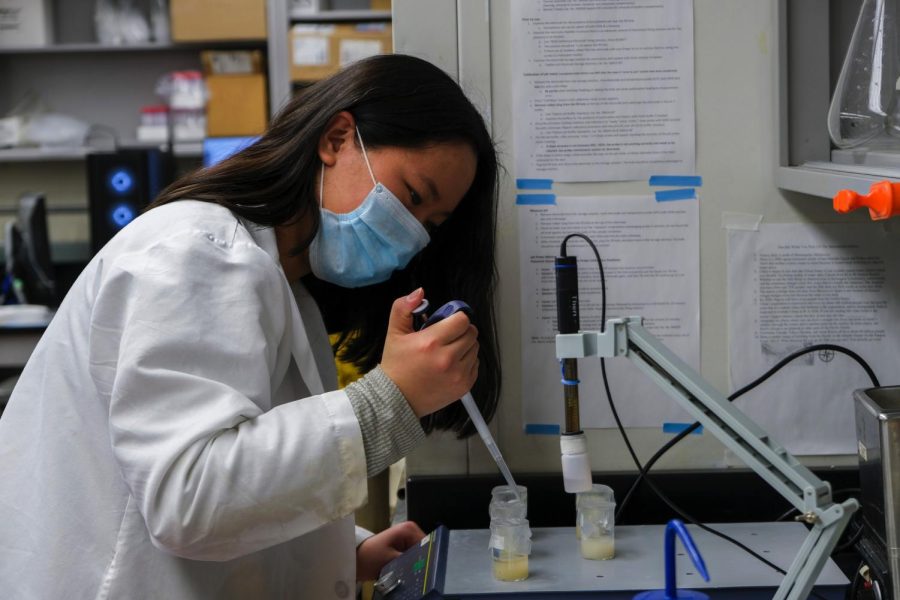A University of Minnesota project led by undergraduate students is researching new cost-efficient technology that could make solar panels more accessible for everyday use.
The University’s Institute on the Environment awarded a $3,000 grant on Jan. 5 to fund this project, which is led by a team of students, faculty and staff advisors.
Solar energy is at the forefront of climate change solutions due to its efficiency in reducing carbon dioxide emissions, according to the government agency Energy Saver. Beginning this week, student researchers will begin creating a new model and design for Maximum Power Point Trackers (MPPTs), an important component of solar power technology.
“Products right now are made by companies for sale and profit,” said Maxim Erickson, a team member and third-year student studying computer engineering. He said the designs from the project will be released to the public so other companies or users could use them instead of current designs on the market, as a more efficient option.
MPPTs convert the solar energy captured in solar panels to electricity in utility grids. Each MPPT can cost up to $200, making the average cost of installing solar panels in Minnesota approximately $13,800 to $18,700, according to 2019 data from EnergySage, a solar energy financial advising company.
Despite the costs, residential solar energy use is growing across the state, according to a report from the Energy Information Administration (EIA). In 2020, solar energy accounted for over 3% of Minnesota’s net energy.
With a small market and few designs available for residential solar panels installations, solar power is not economically viable for homeowners, electrical and computer engineering professor David Orser said. The main goal of the new research is to produce technology that runs at maximum efficiency.
Rickey Sipila, founder of solar energy startup Sisu Solar, said the high price of installation comes from three components of the technology: the panels, inverter system and racking.
“MPPTs are one part of the device and are a smaller component of a bigger system,” Sipila said. “Basically, it controls the voltages and maximizes the panel’s efficiency.”
Collaboration with other undergraduate students and assistance from industry experts also allowed students to dictate the project in order to come up with their own design, Orser said.
Erickson, a student researcher, said he joined the research team in hopes of applying his power electronics skills.
“I’d love to see us come up with a design that is relatively simple and will accomplish the task of achieving maximum power,” Erickson said. “Then, there can be flexibility so that the end user can decide if they want to use [the new MPPT technology].”
Correction: A previous version of this story misstated the goal of the project. The goal is to make solar panels more accessible. A previous version of this story also misstated the relationship between the project and outside partners — the project is being completed by undergraduate research students.



























